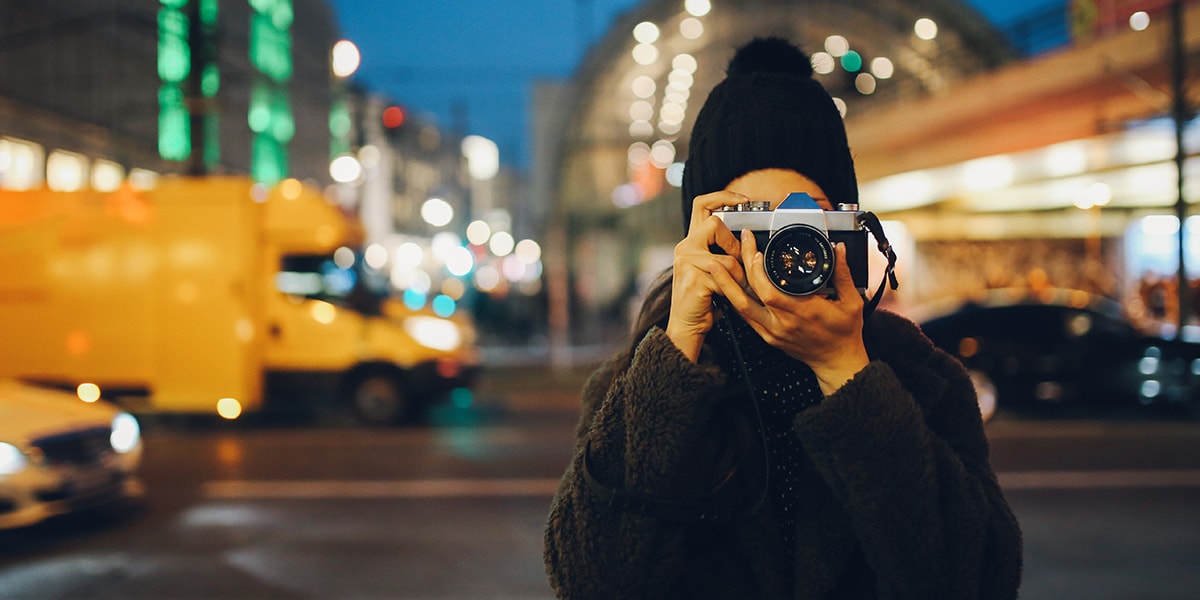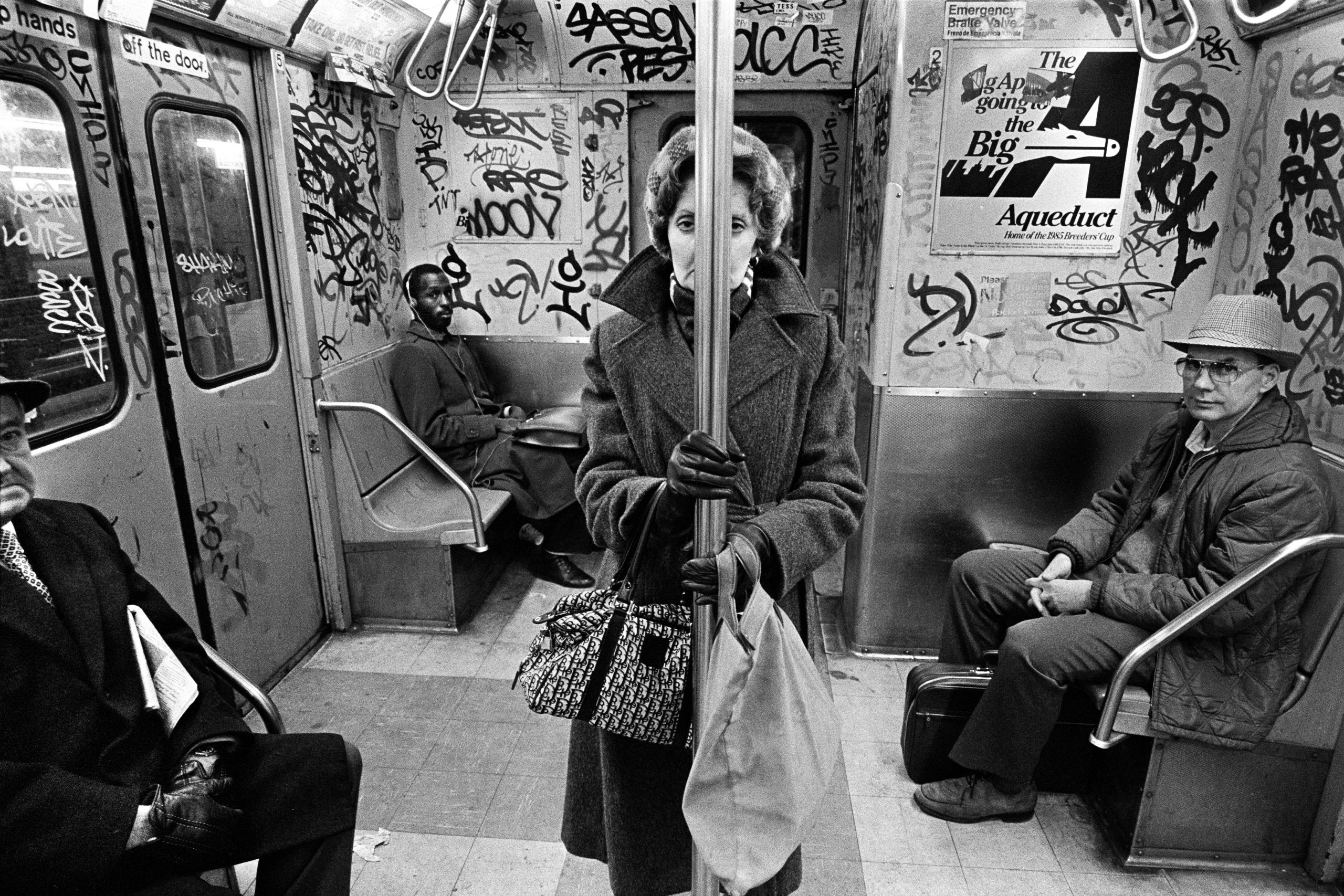Getting My Street Photographers To Work
Getting My Street Photographers To Work
Blog Article
All about Street Photographers
Table of ContentsStreet Photographers for BeginnersThe Buzz on Street PhotographersThe Street Photographers PDFsWhat Does Street Photographers Do?What Does Street Photographers Do?
A category of digital photography that records day-to-day life in a public location. The actual publicness of the setup makes it possible for the professional photographer to take honest images of unfamiliar people, usually without their understanding. Street photographers do not always have a social objective in mind, however they favor to isolate and capture moments which could or else go undetected (Street Photographers).Though he was affected by most of those that influenced the street photographers of the 1950s and '60s, he was not chiefly curious about recording the spirit of the street. The impulse to visually document individuals in public began with 19th-century painters such as Edgar Degas, douard Manet, and Henri de Toulouse-Lautrec, who functioned side by side with professional photographers attempting to catch the essence of city life.
As a result of the comparatively primitive innovation available to him and the long direct exposure time required, he had a hard time to capture the hustle and bustle of the Paris roads. He trying out a collection of photo techniques, attempting to discover one that would permit him to catch motion without a blur, and he found some success with the calotype, patented in 1841 by William Henry Fox Talbot. As opposed to Atget, photographer Charles Marville was employed by the city of Paris to produce an encyclopaedic record of Haussmann's metropolitan preparation task as it unravelled, hence old and new Paris. While the photographers' subject was basically the exact same, the outcomes were markedly various, showing the impact of the professional photographer's intent on the character of the images he produced.
Given the great top quality of his photographs and the breadth of material, engineers and artists usually purchased Atget's prints to use as recommendation for their own job, though commercial interests were barely his main motivation. Rather, he was driven to photo every last remnant of the Paris he enjoyed.
Unknown Facts About Street Photographers
They disclose the city through his eyes. His job and essential understanding of photography as an art type functioned as ideas to generations of professional photographers that complied with. The next generation of road professional photographers, though they likely did not describe themselves therefore, was introduced by the photojournalism of Hungarian-born professional photographer Andr Kertsz.
Unlike his peers, Brassa utilized a larger-format Voigtlnder electronic camera with a much longer exposure time, forcing him to be more computed and thoughtful in his technique than he may have been if using a Leica.
Cartier-Bresson was a champ of the Leica cam and among the initial photographers to optimize its capabilities. The Leica allowed the photographer to interact with the surroundings and to record minutes as they took place. Its relatively little view website size additionally assisted the photographer fade right into the history, which was Cartier-Bresson's recommended approach.
Street Photographers - Truths
It is since of this fundamental understanding of the art of picture taking that he is often credited with uncovering the medium throughout once again about a century considering that its innovation. He took photographs for greater than a half century and influenced generations of photographers to trust their eye and instinct in the minute.
These are the concerns I will attempt to respond to: And then I'll leave you with my own interpretation of street digital photography. Yes, we do. Allow's begin with defining what an interpretation is: According to (Street Photographers) it is: "The act of defining, or of making something precise, distinct, or clear"
No, absolutely not. The term is both restricting and misinforming. Seems like a street digital photography ought to be pictures of a roads right?! And all road photographers, besides a handful of outright newbies, will completely value that a road is not the key component to street photography, and in fact if it's a photo of a road with possibly a couple of dull people doing nothing of rate of interest, that's not street digital photography that's a photo of a street.
Not known Incorrect Statements About Street Photographers
He makes a legitimate point do not you think? While I concur with him I'm not certain "candid public digital photography" will certainly capture on (although I do kind of like the term "candid digital photography") due to the fact that "road photography" has actually been around for a long time, with lots of masters' names affixed to it, so I believe the term is right here to remain (Street Photographers).
Inside?! I hear you scream as you tremble your clenched fist to the sky. Why not? You can contend the beach, at a festival, in a street, in a park, in a piazza, in a coffee shop, at a that site gallery or art gallery, in a city terminal, at an event, on a bridge, under a bridge ...

Some Ideas on Street Photographers You Should Know

Report this page